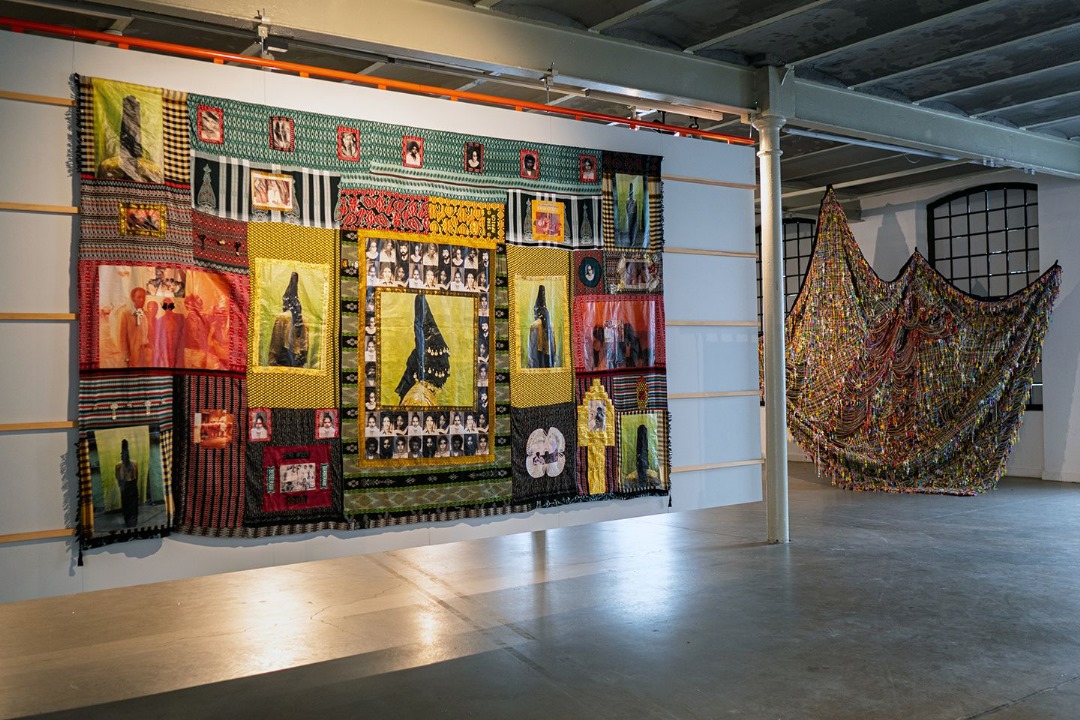Experts at a recently held virtual summit, organised by the American chapter of the Esan World Congress (EWC), have expressed fears that the Esan language and culture may go extinct in the next 50 years unless deliberate efforts are made to nurture and promote them.
They revealed that pidgin English has virtually replaced Esan language even in the five local government areas of Edo State where it is native, lamenting that the number of speakers and those who transact business in the language has waned.
Themed ‘Esan Heritage, Leadership, and Legacy’, the summit brought together voices from the academia, professionals, leaders of thought, youth and women organisations, traditional institutions and the Diaspora.
While commending the efforts of the renowned author of Esan books, Mr. Andrew Odiagbe, for popularising the language with his book, Esan English Dictionary, the chairman of the event, Commodore Patrick Udabor (rtd) expressed his worries.
“Our best brains are forced out of Esanland and the country for greener pastures. So are their children, who may never see the need to return or speak Esan language,” he said.
Corroborating Udabor’s views, a professor of Francophone Literature with specialisation in African Literature and Literary Criticism, Simeon Osazuwa, who presented a paper titled, ‘Unifying Esan Voices’, said:
“Without sounding alarmist here, it is quite possible for the Esan language in its core to disappear and become extinct from 50 to 100 years from now.
“You only need to observe the rate at which most homes have taken pidgin English as their language, bringing up children in it. Indeed, many languages have thrived for varying periods and died.
“God forbid, but we are talking of Esan people because of the common cultural identity carried by the language.” In his remarks, a Linguistics scholar, Prof. Philomena Ejele, explained: “Linguistically, by classification, Esan is a North-Central Edoid language, which is subsumed under Benue-Congo within the Niger-Congo language family (Elugbe 1986, Bendor-Samuel 1989, Williamson and Blench 2000:18).
“The different varieties are highly mutually intelligible, such that successful communication between speakers is not affected. Such differences, which are mostly lexical and sometimes tonal, are not enough to blur mutual intelligibility.”
She noted that 35 clans speaking varieties of the language make up the Esan language group spoken in the Edo Central Senatorial Zone occupying 2,987.52 square metres of the state.
In his paper, titled, ‘Cultural Heritage and Leadership: The Role of Esan Leaders in a Changing World’, Prof. Charles Aluede explained how some traditional and cultural practices including food, dances, mores, artifacts and attires like igbulu have taken flight.
“Today we are happy to showcase new palaces but we have no records of the previous ones. Today we are happy to showcase new church buildings, but we have no records of the cradle of Catholicism in Esanland. The waterfalls in Oria and other Esan kingdoms are abandoned, and there is no government or private initiative to make them places of tourist attraction. The arts and crafts that were usually displayed in Ivue in Uromi have eclipsed. Igbulu of the Esan people is today mainly woven by the Somorika people in Akoko-Edo and the sisters of the Sacred Heart Convent at Atani in Uromi,” he said.
Aluede, an expert on Ethnomusicology and Music Therapy in the Department of Theatre and Media Arts, Ambrose Alli University, Ekpoma, stated that Esan folktales and minstrelsy, folksongs, dances and traditional cuisines are also not spared.
“In Esan, minstrelsy is Umalemon – this is the art of storytelling to the accompaniment of traditional musical instruments. Until recently, Esan had two major minstrels – Chief Umobuarie Igberaese of Ewu and Obetoh Atine (Amojo- Ameniyeye no min ede) of Uromi. Sadly, they have all passed without inheritors of their musical arts,” Aluede noted.
Speaking on ‘The Next Generation of Esan Leaders’, Dr. Oghoadena Clementina Osezua of the Institute of Peace and Development, University of Texas, Austin, argued that mentorship would play a big role in galvanising and nurturing the next generation for leadership. She disclosed that survey shows that 90 per cent of Esan youth lack mentorship experiences.
Historians say the Esan people who migrated from Benin are said to have fled from the prevailing tyranny during the reign of Oba Ewuare the Great in the 15th Century precisely around 1440 and 50s. The name Esan is an adaptation from “esanfua” or “esanfua” which explains how they escaped the wrath of the warrior king who had draconian expansionist ambitions. He ascended the throne in 1440 after overthrowing his brother, Uwaifiokun, in a violent coup.
Esan, which orthography was approved in the early 80s by the Federal Government, was previously offered at West African Examinations Council (WAEC) exams until it was discontinued. Although the new National Policy on Promotion of Indigenous Languages makes it compulsory to teach Esan in the communities where the language is domiciled from primary one to JSS3, the Edo State Government is yet to implement this.
Decrying the absence of strong leaders and rallying persons in the mold of elder statesmen like Chief Anthony Enahoro, mover of the historic motion for independence of Nigeria in 1956; former governor of defunct Bendel State, Prof. Ambrose Alli; acclaimed political strong man, Chief Tony Anenih; and the late military vice president, Admiral Augustus Aikhomu, the discussants advocated for strategic leadership to champion the interests of Esan people.
Calling for urgent action from the federal and Edo state governments to tackle growing security challenges in Esanland, they argued that many of the latter day political leaders have not impacted on the development of Esan communities leading to decrepit infrastructure, near abandonment of agriculture and massive youth unemployment.
They also lauded the Esan Okpa Initiative (EOI), a socio-cultural non-political movement for its vision, strides and campaigns that led to the emergence of an Esan son, Monday Okpebholo, as Edo State Governor in the September 2024 governorship election.
According to Ejele whose paper was titled, ‘Strategic Leadership for Esan Development: Harnessing Global and Local Resources’, “EOI was in the forefront of leading the campaign, predicated on fairness, equity and justice, given that it was the only zone that had not governed in the last 17 years. As it was, it was the turn of Esan, having last had a state governor 17 years ago.”
In his opening remarks, the President, Esan World Congress USA/Canada, Dr. Eromonsele Idahosa, said the summit, now in its second edition, “is a significant step in our collective journey to rekindle the fire of purpose, unity, and progress for the Esan people, both at home and in the Diaspora.
“Permit me to specially commend and appreciate the dedication and brilliance of the Summit Team, under the able leadership of our indefatigable Secretary General, Professor Ehiyamen Osezua of the University of Texas at Austin, USA. His vision, commitment, and scholarly leadership have once again brought us together to reflect, to strategise, and to forge a better path forward for the Esan Nation.
“This year’s summit is not just a meeting of minds; it is a movement providing historical and contemporary context to Esan Heritage and Leadership, while laying the intellectual and cultural foundation for a better and thriving Esan Nation.”
The Secretary General, Osezua, announced the establishment of the EWC Journal of Organisational Leadership, which will serve as a repository of the knowledge, experiences, and insights shared at the summit.
This journal, he said, “will be a scholarly platform to document our conversations, shape future research, and amplify Esan voices in the global leadership discourse.”
He also disclosed that a post-summit implementation committee would be inaugurated, in collaboration with strategic partners such as Esan Okpa Initiative, Association of Esan Professionals, the Onojies (traditional rulers), and other critical stakeholders in business and academia from the Esan community worldwide.






